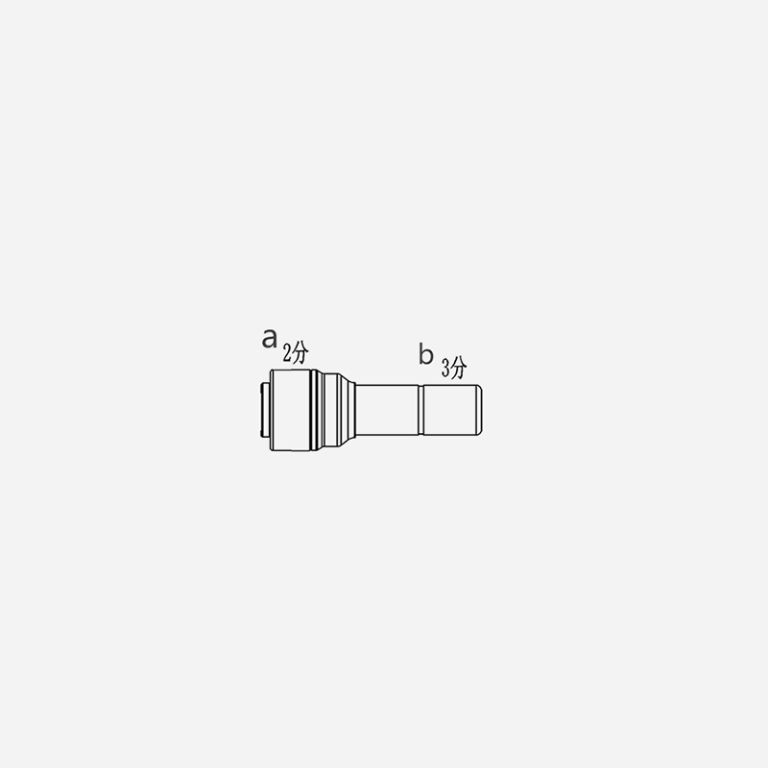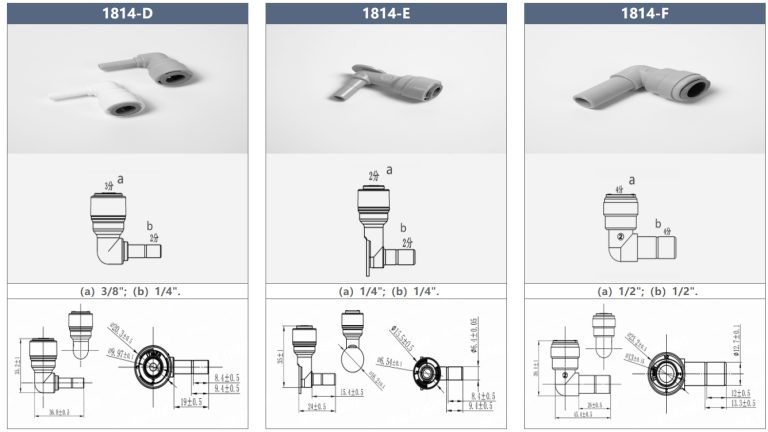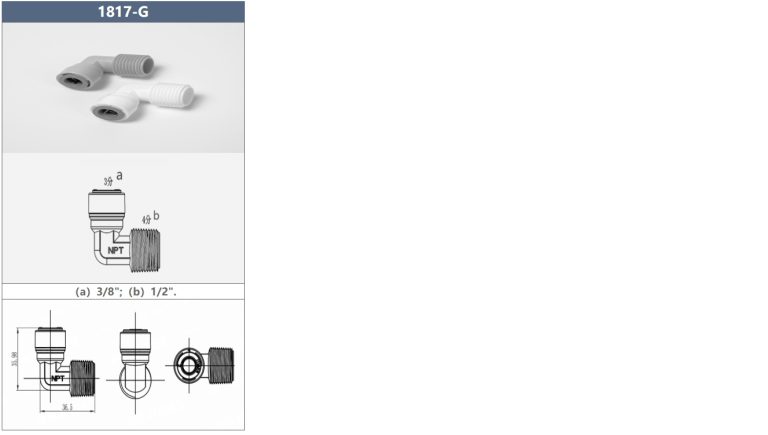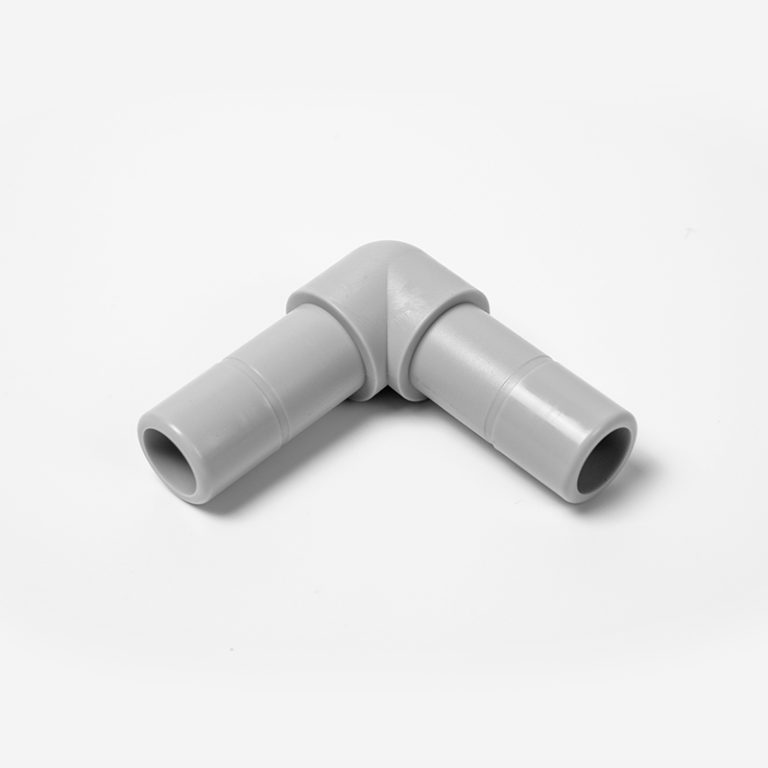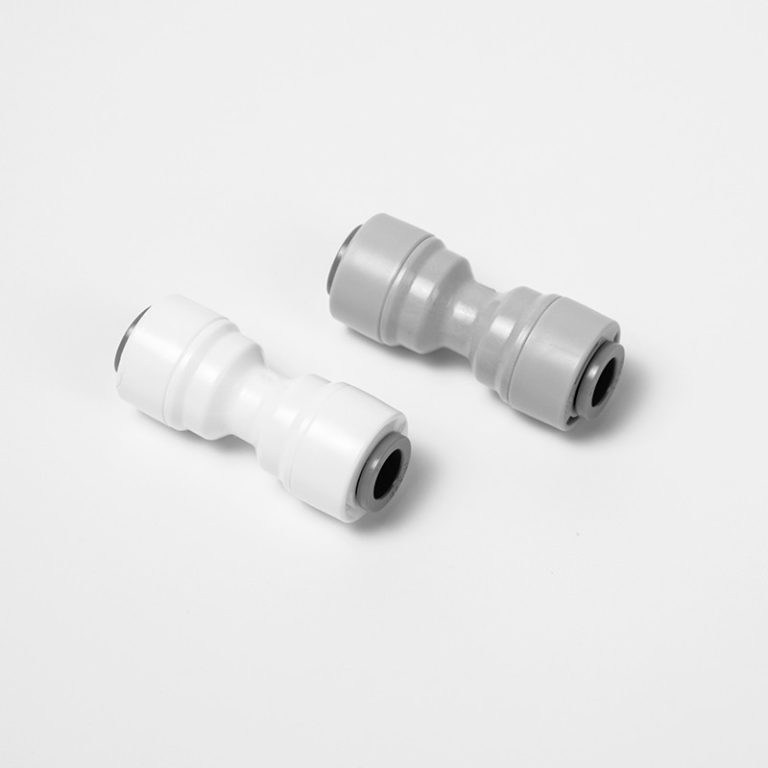Pros and Cons of Plastic Push-In Fittings in Plumbing Systems
Plastic push-in fittings have become increasingly popular in plumbing systems due to their ease of installation and versatility. These fittings are designed to connect pipes without the need for soldering or glue, making them a convenient option for both DIY enthusiasts and professional plumbers. However, like any plumbing material, plastic push-in fittings come with their own set of pros and cons that should be considered before deciding to use them in a plumbing project.
One of the main advantages of plastic push-in fittings is their ease of installation. These fittings can be quickly and easily connected to pipes by simply pushing them into place, eliminating the need for specialized tools or equipment. This makes them a great option for those who are looking to complete a plumbing project quickly and efficiently. Additionally, plastic push-in fittings are reusable, allowing for easy disassembly and reassembly if needed.
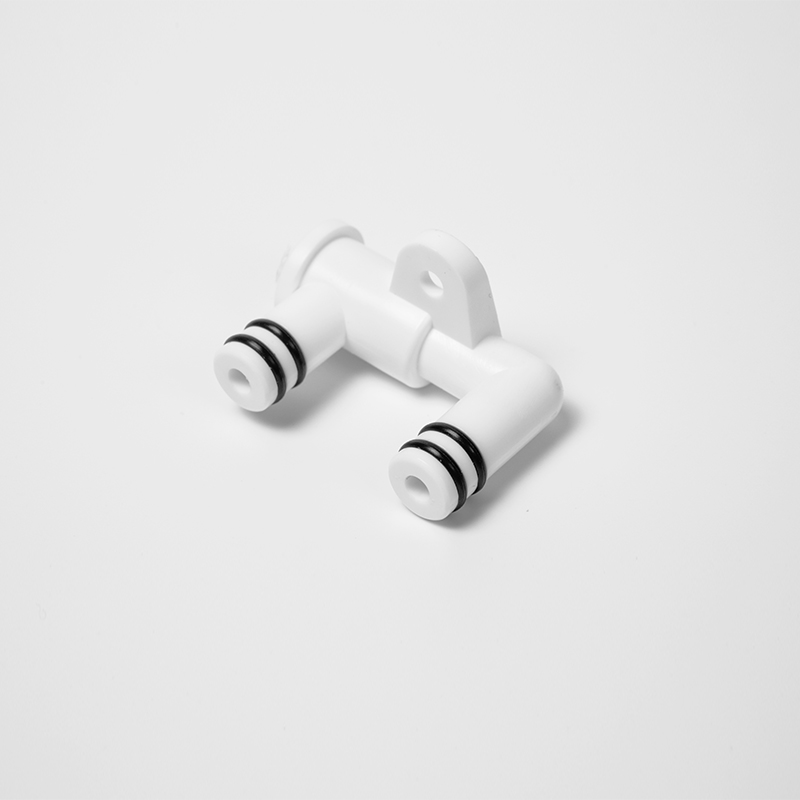
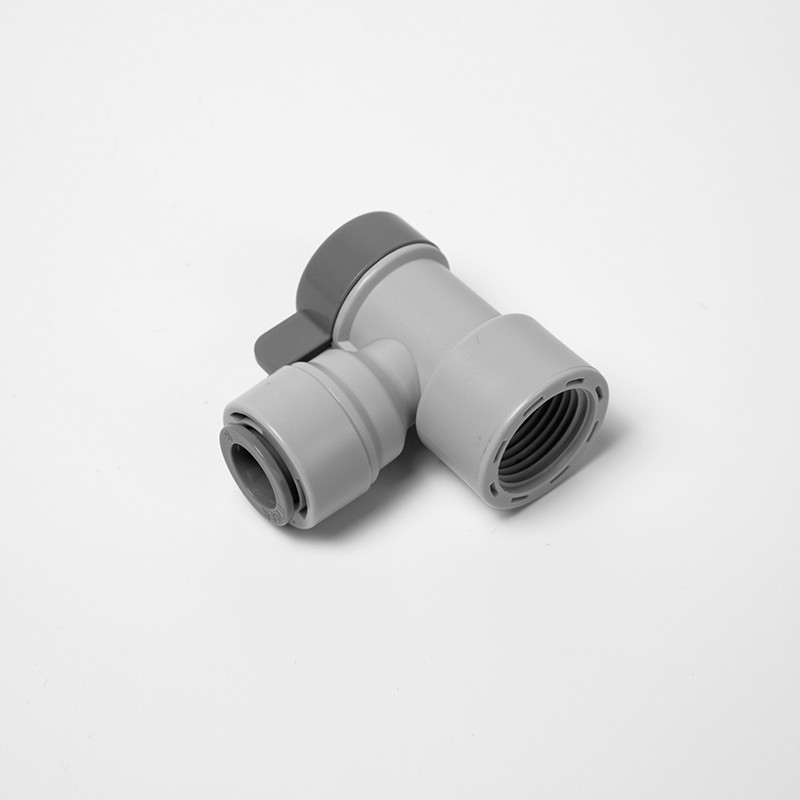
Another benefit of plastic push-in fittings is their versatility. These fittings are available in a wide range of sizes and configurations, making them suitable for a variety of plumbing applications. Whether you are working on a small repair job or a larger installation project, plastic push-in fittings can be easily adapted to meet your specific needs. Additionally, these fittings are compatible with a variety of pipe materials, including copper, PEX, and CPVC, making them a versatile option for any plumbing system.
Despite their many advantages, plastic push-in fittings also have some drawbacks that should be taken into consideration. One of the main concerns with plastic push-in fittings is their durability. While these fittings are designed to withstand normal water pressure and temperature fluctuations, they may not be as durable as metal fittings in certain applications. It is important to carefully consider the specific requirements of your plumbing system before choosing to use plastic push-in fittings.
Another potential drawback of plastic push-in fittings is their cost. While these fittings are generally more affordable than metal fittings, they may not be the most cost-effective option in the long run. Plastic push-in fittings may need to be replaced more frequently than metal fittings, leading to higher maintenance costs over time. Additionally, some plumbers may prefer the reliability and durability of metal fittings, even if they come at a higher price point.
| Model | Tube(a) | Stem(b) |
|---|---|---|
| 1801-A | 1/4 | 1/4 |
| 1801-C | 1/4 | 3/27 |
In conclusion, plastic push-in fittings offer a convenient and versatile option for connecting pipes in plumbing systems. These fittings are easy to install, reusable, and compatible with a variety of pipe materials. However, it is important to consider the durability and cost of plastic push-in fittings before deciding to use them in a plumbing project. By carefully weighing the pros and cons of plastic push-in fittings, you can make an informed decision that meets the specific needs of your plumbing system.
| Model | Tube(a) | Stem(b) |
|---|---|---|
| 1801-A | 1/4 | 1/4 |
| 1801-C | 1/4 | 3/38 |

